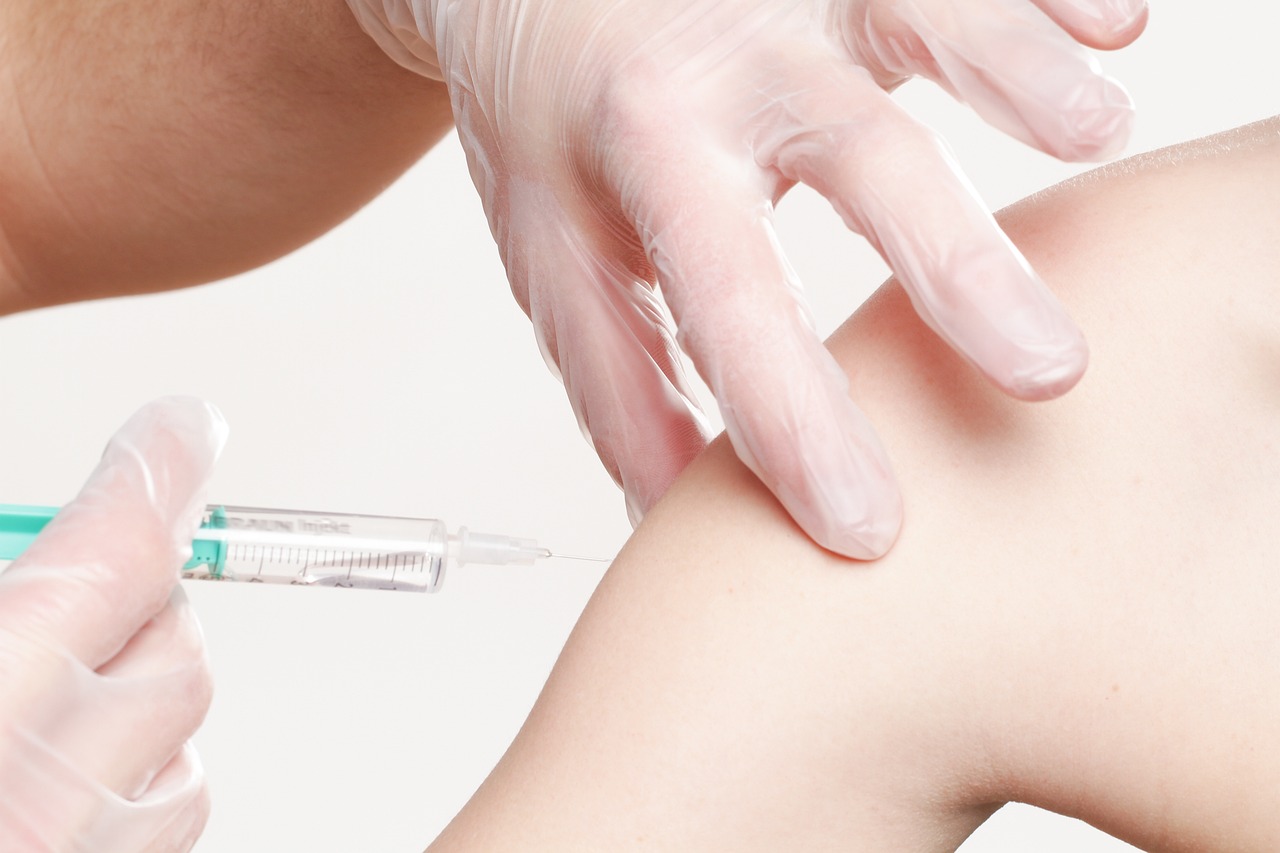Infection control benefits everyone.
Infection control prevents the spread of disease in healthcare settings. Following simple, evidence-based practices protects you, your patients and your community.
Stay up to date on best practices. Check out the resources below. We also offer:
- Help with communicable disease and reporting questions.
- Help with outbreak investigation and control.
- Visits from Public Health Consultants who provide public health information and updates.
When transferring a patient, hospitals and long-term care facilities must complete the
Inter-Facility Infection Prevention and Safety Form.
Precautions
- Infection Control Guidelines.
- Standard precautions for all patient care, CDC.
- Methicillin-resistant Staphylococcus aureus (MRSA) Basics, CDC
Injection safety
- Safe Injection Practices to Prevent Transmission of Infections to Patients, CDC.
- Preventing Unsafe Injection Practices, CDC.
- Injection Safety Resources for Providers, CDC.
Hand hygiene
Personal protective equipment
Environmental Cleaning
- Quick reference: How to clean equipment and surfaces, when to clean, what to use.
- Disinfection and sterilization guideline, CDC.
Other resources
- Infection control resources and links.
- Controlling norovirus.
- Influenza information.
- Healthcare-associated infections, CDC.
- Association for Professionals in Infection Control and Epidemiology.
- epiTrends, DOH.
Patient materials
Infection Control News
-
12/07/23 Health Advisory: Test perinatally exposed children for hepatitis C.
Action requested Centers for Disease Control and Prevention (CDC) recommends you test children born to people with: Test children for HCV RNA at 2–6 months old, up to 17 months old. Give untested children older than 18 months an HCV antibody test with reflex to HCV RNA. Report hepatitis C cases in pregnant people and the…
-
Hepatitis A Fact Sheet
Overview Transmission: Fecal-oral. Incubation Period: Average 28-30 days (range 15-50 days). Symptoms: Anorexia, vomiting, abdominal pain, fatigue, followed by jaundice. Severity of illness increases with age. Infectious Period: 14 days prior to onset of jaundice to seven days after onset of jaundice. Infants can excrete virus in the stool for longer periods of time. Epidemiology:…


